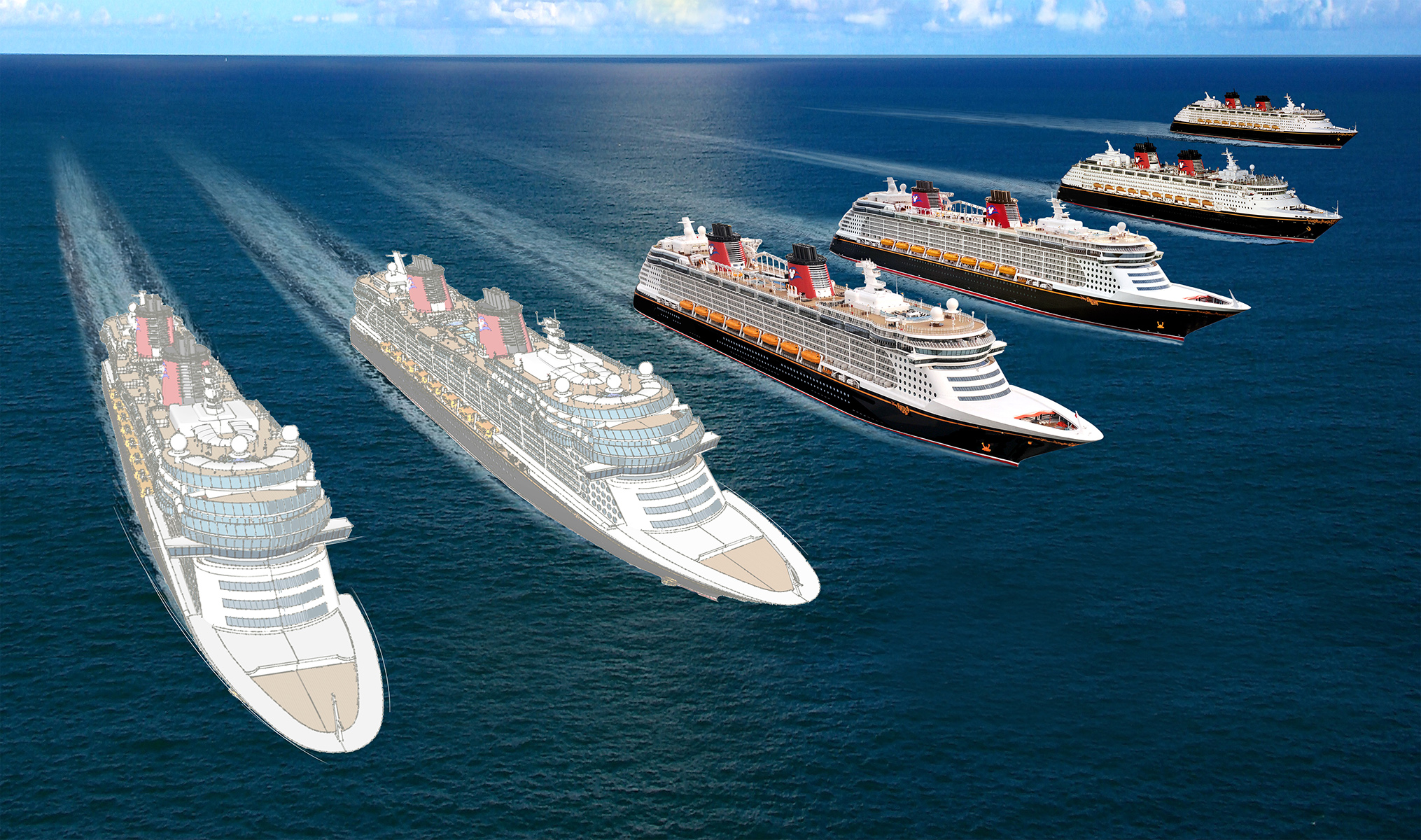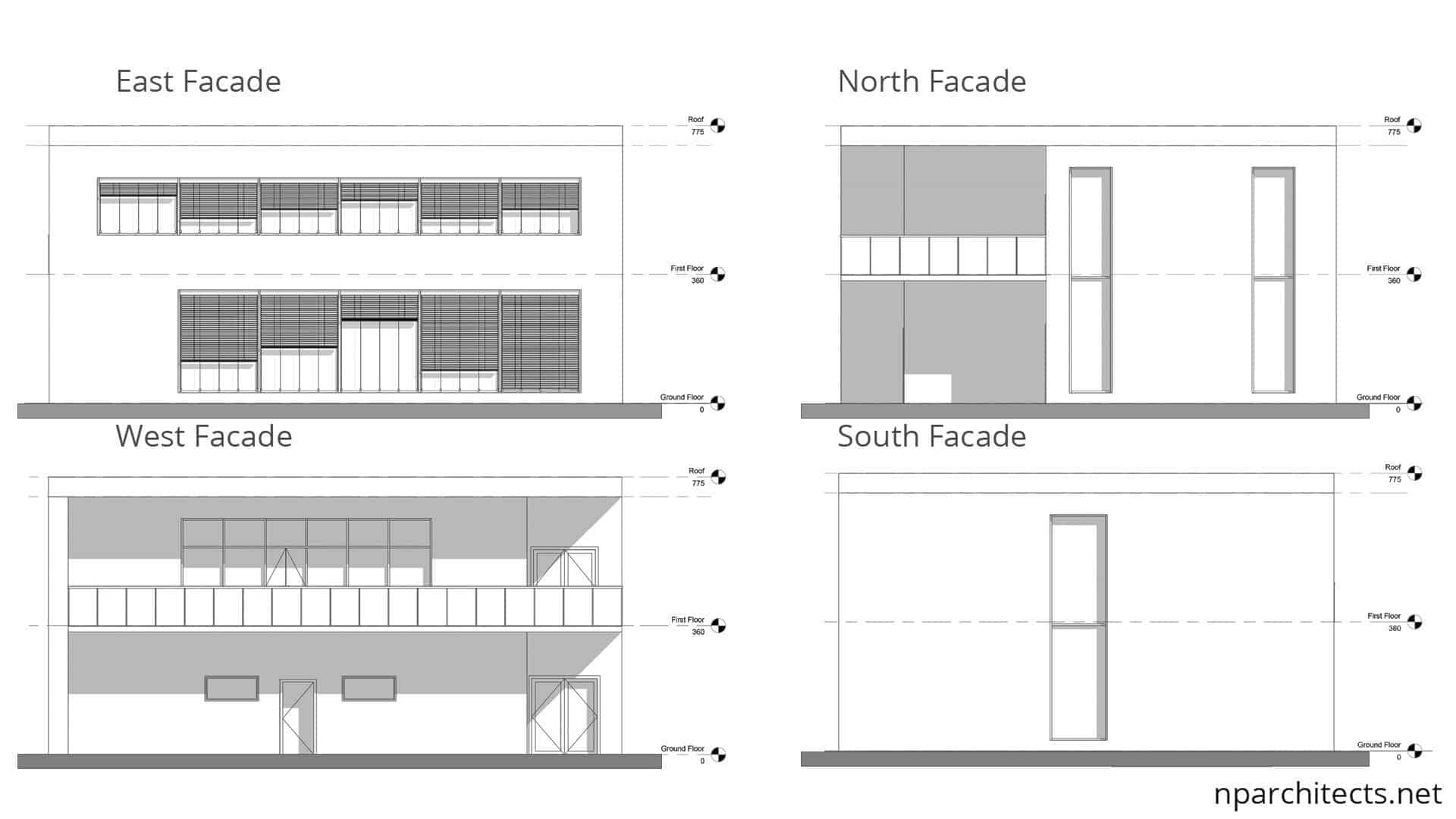Table Of Content

Now, the speed of most cruise ships isn’t just a “one knot fits all” deal. Everything from the ship’s design, the weather (rough seas require slower speeds), and even fuel efficiency come into play. It’s a delicate dance, or should we say, a well-coordinated sea shanty of factors that keeps these vessels smoothly sailing to your next port of call. Cruise ship speeds vary based on factors such as size, design, and weather conditions, with average speeds, typically ranging between 20 and 25 knots. While speed is crucial for itinerary planning and passenger comfort, cruise lines must balance this with fuel efficiency and sustainability concerns.
How fast do Royal Caribbean ships go?

Understanding the factors that affect the speed of cruise ships is essential for planning your next cruise vacation. The world's second-fastest cruise ship is MS Voyager (last named Costa Voyager), now owned and operated by a Chinese company. How fast is a cruise ship, which is the fastest cruise ship in the world? Read all about the cruise ship speed (average/top cruising speed) which is generally measured in knots, but also in mph/kph. This page is integrated with our surveys on ship dimensions, ship propulsion/engines, power and our cruise tracker (current positions). There’s no official record of the fastest cruise ship as cruise ships rarely, if ever, use their top speed.
Passenger Comfort
But in the end, the average cruise ship speed doesn’t matter much, as long as the ship makes it to its next scheduled port on time and the captain keeps passenger comfort in mind. The fastest cruise ships can reach a top speed of thirty knots. Thirty knots is fast for a ship, and most cruise ships never travel at it. ” Setting sail on a cruise is an exhilarating experience, with the vast ocean expanse unfolding before you. The cruise itinerary and the distance between ports of call also play a significant role in determining the speed of a cruise ship.
How To Convert Knots To MPH?
At Windstar Cruises, we’re proud to take our guests to breathtaking ports, both large and small, in fascinating places around the world. We only sail in small ships to give our passengers an escape from crowds and access to tiny ports they’d otherwise miss on massive vessels. Each of our ships is designed to enhance the comfort of our guests and make them feel pampered as they cruise and take in the surrounding scenery. If you’re interested in bypassing clichés and embracing the extraordinary, we welcome you aboard. Browse our thrilling itineraries or contact one of our Vacation Planners for more information. Sometimes speed is important, like when you’re running late for work or need to get to the store before it closes.
Similarly, most cruise ships are capable of traveling faster than knots. But unless there’s a compelling reason to do so (such as avoiding severe weather), they’ll rarely travel at top speed. Knot is a measure of speed, one knot is one sea mile per hour.
Type of Engines
So, when you’re comparing speed in different contexts—on land, air, or sea—remember that the units of measurement aren’t the same. Learning about this is your first-class ticket to the nautical lingo club. The average cruise ship travels at 20kts (Knots) between ports. A typical cruise ship travels anywhere from 5,000 miles per day to 8,000 miles. Depending on the route taken, a cruise ship could cover more distance during a single trip. Another factor that affects cruise ship speed is fuel consumption.
Best time to book a Cruise
Instead, cruise ships generally travel at an optimized cruising speed. This speed is fast enough to make it to the next port of call on time but slow enough to provide a safe, comfortable journey for all aboard. That said, the top speed of a vessel would be around 30 knots, which is about 35 miles per hour. Currently, the record for the fastest ocean liner in the world is held by the SS United States, with a speed of 38 knots. The classic ocean liner had a total horsepower of 240,000 and four 18 ft propellers. The ship’s design and material also had an impact on the speed of the SS United States.
In addition, there’s less wind resistance meaning fewer waves are created. As a result, cruise ships don’t need to expend as much energy moving through water. At night, cruise ships also reduce their speed to avoid hitting other vessels. The average cruising speed for most modern cruise liners is around 14 knots. This means that when traveling under full power, a cruise liner will travel approximately 1 knot faster than what would be considered “normal” or top speed. Cruise lines typically publish itineraries showcasing the ports of call and estimated sailing times.
QM2's Transatlantic crossing distance is almost 3,000 nautical miles, or ~3,400 statutes/normal miles (5,500 km), and this is done in less than 7 days. So far, we’ve discussed how fast cruise ships go (on average), as well as how to measure travel speed in knots. Now let’s take a look at four different factors that affect cruise ship traveling speed.
But let’s get real, the romance of the high seas and the unlimited buffet isn’t our only curiosity. Sailing boats come in various forms, and each of them has a different max speed. Usually, sailboats are much smaller ships than cruise ships, and they rely on the wind to power them, so they tend to move at a slower pace. Ocean liners tend to have greater traveling speed because they’re built with transportation in mind.
5 Things You May Not Know About the World's Largest Cruise Ship — From Its $100K Stateroom to Record-Breaking ... - PEOPLE
5 Things You May Not Know About the World's Largest Cruise Ship — From Its $100K Stateroom to Record-Breaking ....
Posted: Fri, 26 Jan 2024 08:00:00 GMT [source]
High speeds guzzle more fuel, which is bad for both the environment and the cruise line’s pocket. A racing sailboat can reach up to 15 knots, but a regular sailboat moves at much slower speeds, usually only 4 to 6 knots. While a cruise ship will take you to specific cruise destinations, it usually ends where it began.
In fact, some countries have laws regarding maximum speeds which vary depending upon the type of vessel involved. For instance, ships with an overall length exceeding 300 feet cannot exceed 30 knots while vessels measuring up to 200 feet long can reach 35 knots. Most ships sail at a comfortable cruising speed for the majority of one sailing.
In reality, the ship will only travel as fast as it needs to in order to reach the next port by morning. It’s very rare for a cruise ship top speed to be used – in fact, for itineraries visiting ports close to each other, the average speed of cruise ship travel might be much lower. For this reason, cruise ships strive to find that sweet spot between a swift cruising speed and maximum fuel efficiency. Built in 1995, MV Oriana was the first new ship commissioned for P&O Cruises. This vessel hit 26.2 knots in sea trials and is considered the 3rd fastest cruise ship in the world.
There is no official fastest cruise ship as far as I can find. ’, I’ll be sharing my findings on the cruising industry’s speed basics, the fastest ships, and the factors that can affect a ship’s velocity. If a cruise ship could sail on land, then it would take about 100 hours — just over four days — to make its way from New York to Los Angeles. Instead of the diesel-electric configuration found on many ships, Queen Mary 2 uses an integrated electric propulsion to achieve her faster-than-average speeds.

No comments:
Post a Comment